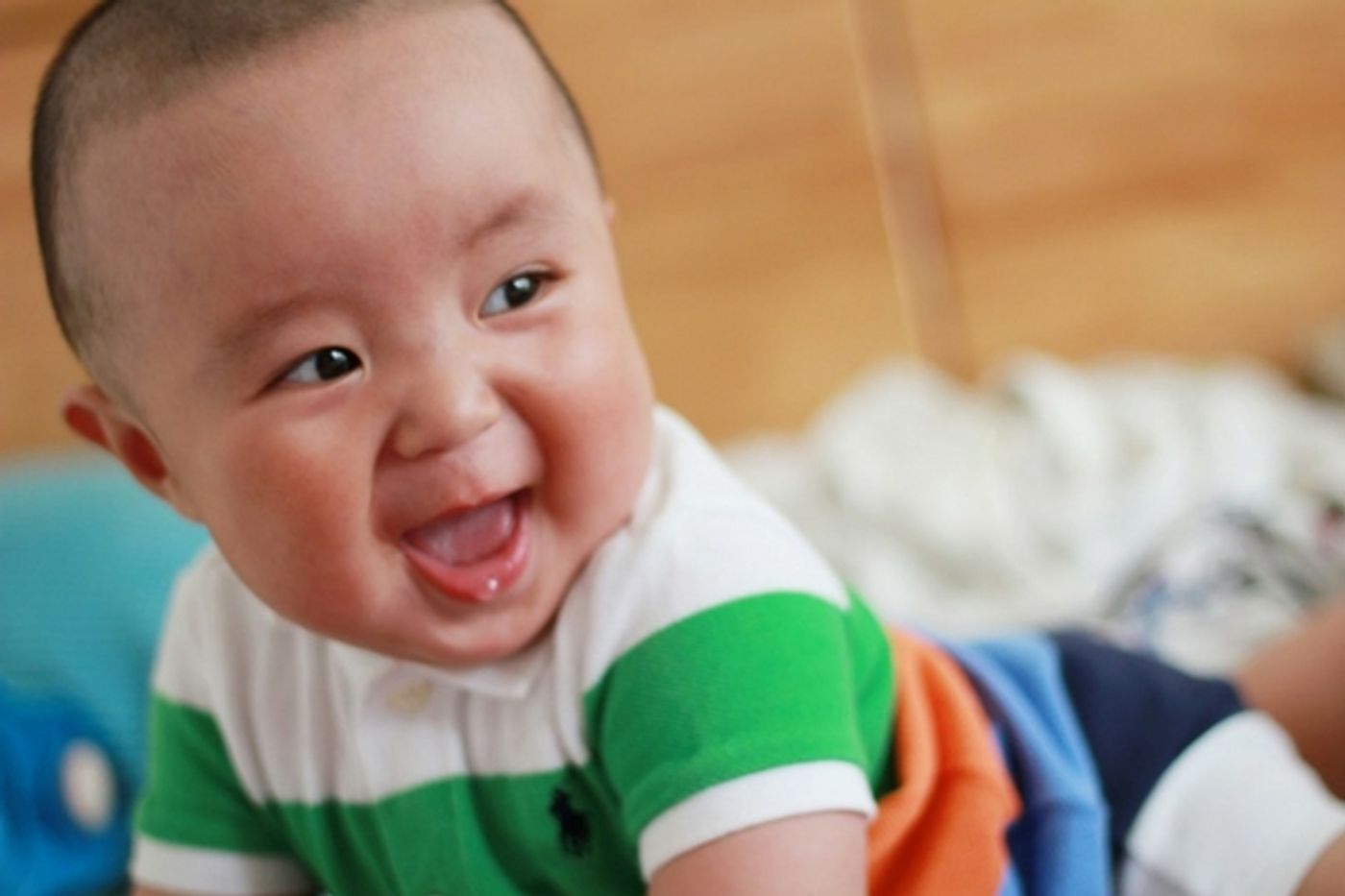When babies are first born, there’s a lot of neurological development going on. Their eyesight starts to sharpen, hearing, fine motor and gross motor skills progress and they learn to recognize things around them like their mother’s voice and how to latch on and feed. An area of the brain that researchers did not think was that active however, is the pre-frontal cortex (PFC). This part of the brain processes higher reasoning, complex thoughts and other cognitive tasks that were believed to be beyond the reach of babies younger than a year. As it turns out, that might not really be how it is. Researchers from Brown University recently published the results of a study they carried out on babies and their cognitive abilities. What they found is that the PFC is more active than previously believed. In fact, babies were were definitely using some of the same circuits that adults used in completing tasks.

Babies as young as 8 months old were using the PFC to learn the common developments and tasks for their age. In a press release, study senior author Dima Amso, associate professor of cognitive, linguistic and psychological sciences (CLPS) at Brown University said, “The wow factor isn’t ‘Look the PFC works.’ It’s that what seems to be happening is that its function is a really good fit for what these babies need to be mastering at that moment in their development.” In other words, the PFC definitely plays a role in infant development as well in higher cognition.
So how did the team figure this out? Amso and Denise Werchan who was the lead author, along with CLPS professor Michael Frank and postdoc researcher Anne Collins devised an infant version of a task that Collins and Frank had previously used in studying the PFC activity in adults. They used the scenario of children who grow up in a bilingual home, where each parent speaks a different language. Learning that some people use different words for the same object, like ‘leche’ and ‘milk’ is an example of a hierarchical rule set. It’s a fairly complex task as far as parts of the brain needed to process it.
37 volunteer babies were taught a simpler and abstract version of the bilingual situation while their brain activity and actions were observed. Sitting in front of a screen the babies were shown a picture of a face and then of a toy. The soundtrack that went along with it had the first person calling the toy one name, for instance, “truck” and the second person calling it by a different name, perhaps a nonsense word. Over and over the babies saw one object being identified by two people using two different words. They then introduced a third person, who used the same words as the first, but added a few others. The task of understanding and recognizing was getting more complex for these tiny volunteers.
They mixed it up a bit as well, having the second screen person, start using the same words as the first and third and through it all, using a Near Infrared Spectroscopy (NIRS) machine they were able to monitor brain activity. Because the babies were confused when one of the faces on screen copied another, the researchers could tell they had learned this complex rule structure, something that happens in the PFC. Eye blinks were also monitored because this is another indication of PFC activity.
By understanding how a healthy and age appropriate brain works, the team showed that rather than writing off babies as unable to comprehend certain tasks, they should be viewed as capable of more than originally thought. Also, knowing that babies can do this, could allow medical professionals to know when something isn’t going well in development, hopefully at an earlier stage.
The study was published in the Journal Neuroscience. The video below shows how the babies were tested and where the study leaders hope to take this new information.
Sources:
Brown,
Journal Neuroscience,
MSN









